

Lace has different types, and even though they look almost similar, there are definite differences in the production process and the best application for each variant. The earliest forms of lace were handcrafted, and only the bourgeoisie could afford to have this type of fabric in their homes. Fabrics that are in this category are known to be delicate with a sophisticated feel that projects luxury. The development of machinery to produce the various types of lace available in the market today has made it possible for all sewers to get their hands on the fabric.
Due to the fragile nature of the lace, experts recommend that sewists use the best machine needles to avoid damaging the fabric in any way. The lace features a web-like pattern in the construction. Both machine and handmade variations are available in the contemporary world. The purpose of the fabric dictates the finest option for one to use to get the desired results of the project at hand.
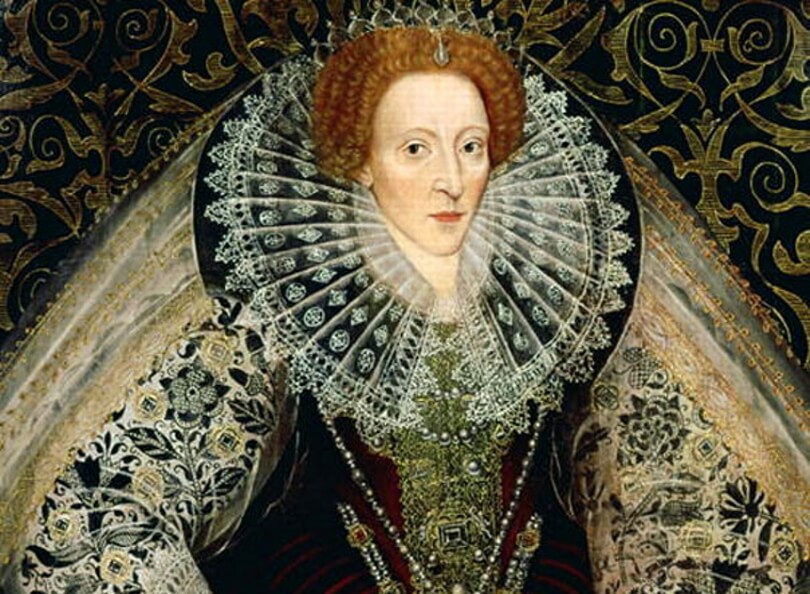
The popularity of this type of fabric grew in the 16th century as it gradually became a useful addition to fashion as well as home décor items. The Catholic Church clergy were among the first people to use this fabric for the priesthood and other members who served the church. Queen Victoria of Britain got married in a lace wedding dress, and this influenced this type of gown, and we have them to date. The royal families in different parts of Europe made lace popular by wearing them often and exchanging the same with leaders from other regions.
The church played a pivotal role in the widespread production and use of lace in diverse ways. In the 19th century, St. John Francis Regis pulled women from prostitution and nudged them to the lace and embroidery business. This role in his career earned him the patron saint of lacemaking title. Other famous people like Samuel Pepys, a diarist, notes in his literary work about lace and its use in the making of clothes for his kin and friends. Catherine of Argon is another person whose support for lacemakers led to the recognition of the same and influenced a holiday for people who worked with this fabric.
The mesh-like appearance of lace fabrics makes the varieties available in the market ideal for an array of uses. Stores stock lace in varying measurements and some packages include this fabric in an assortment of sizes. Most internet reviews recommend buying this material from renowned sellers like Tatuo, who avail vintage lace trims to the market ideal for wedding dresses, among other uses.
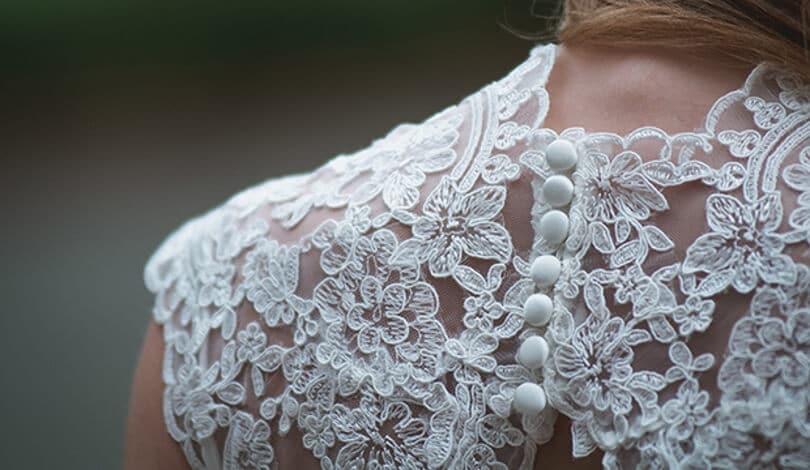
Interior designers in modern have found creative ways to incorporate lace into home décor items. Accessories from this type of fabric enhance the aesthetic value of a person’s space. Stationery sets, cosmetic organizers, furniture, carpets, pillow covers are some of the items that one can decorate with lace trimmings to improve appearance. Bedspreads and other soft furnishings in the home can feature lace construction. There are many home decorating ideas that one can implement using lace.
The various alternatives of lace available in virtual and brick-and-mortar stores include the following.
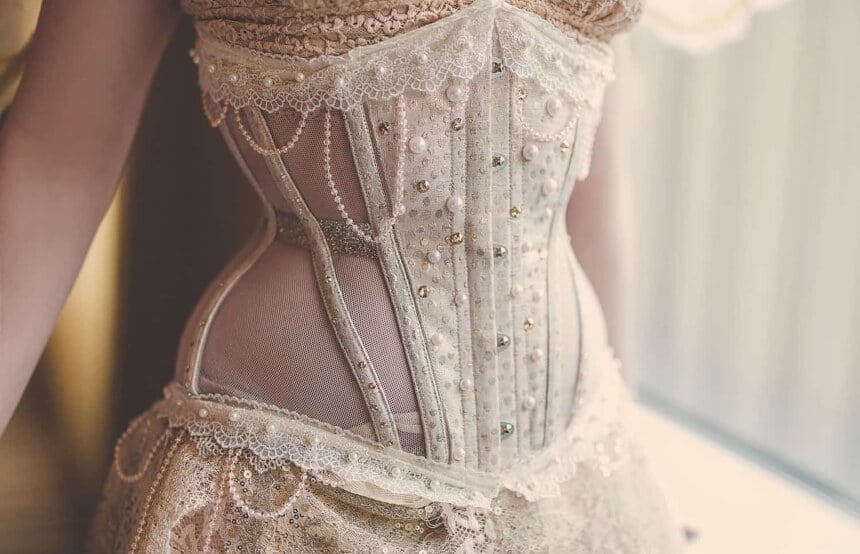
The earlier version of Chantilly lace was in black, making it ideal for mourning wear, but this has changed over time. One can find this variation of lace in different colors. The delicate scalloped edge that the construction features makes this one of the most sought-after varieties of this fabric. It is a handmade bobbin silk lace named after the city of its origin. In the modern world, this alternative is common in bridal wear.
Alencon lace is also known as the French embroidered lace. It is a type of needlepoint lace origination from the city it is named after. The design includes elaborate patterns with raised motifs. Sheer or net is the background for the outlines to make them pop. The patterns can be floral or crisscrosses. The uses of this gorgeous fabric range from making dresses, veils, and garment accents to opulent dress overlays.
The other name for this variation is guipure lace. It is a stiff fabric without the net background that is typical of textiles in this family. The stitching is done on a cloth that breaks down during the final stages of the process. This construction allows the patterns to jut out, enhancing the overall beauty of the lace. Both handmade and machine-made alternatives are available. The former is pricier, which is why most people pick the latter.
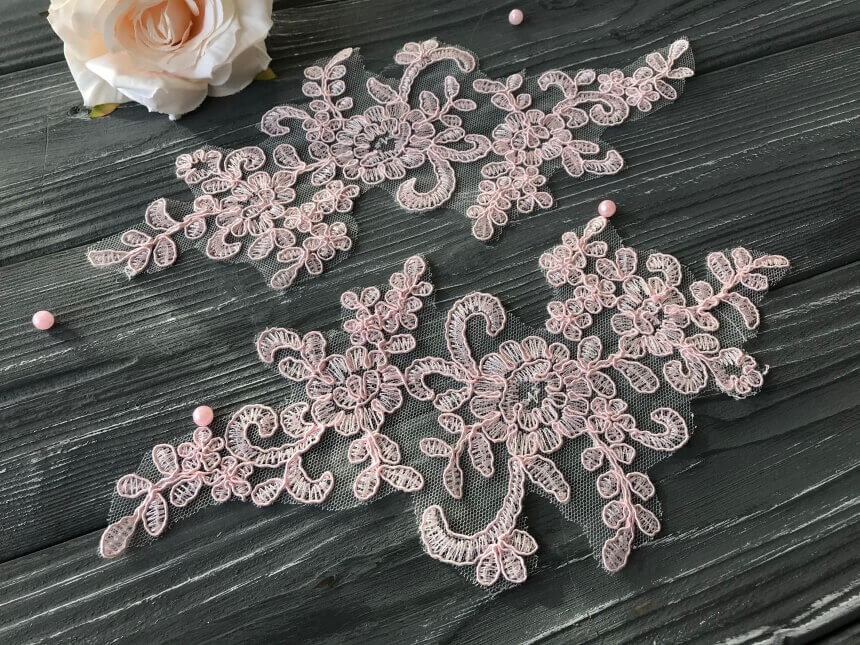
As the name suggests, this is a type of lace inserted between two selvage ends of the fabric to achieve the decorative effect. It is a band design with ornate patterns that give sewists a chance to join two pieces of fabric into one creatively. The effect the insertion lace has on a garment is dependent on the technique used. Joining two insertion lace pieces helps increase the size for projects that need a bigger size.
This variation of lace includes the use of one of the softest types of cotton known as batiste. The design looks like a ladder with tiny square holes along the fabric evenly distributed to look like a ladder. Its typical application is between two seams or when joining this type of textile to another fabric such as cotton or when joining pieces of lace together. The holes can be left open or filled with ribbon to elevate the beauty of the garment.
Crocheted lace is among the popular alternatives of lace that one will find in the market today. It is one of the few lace variations that are handmade since the construction relies on a crotchet to achieve beautiful designs. More delicate threads are utilized alongside decorative stitching styles to give the final product a lacy look. It is one of the heavy lace varieties with a natural appearance. Machine-made crotched lace is also available in stores.
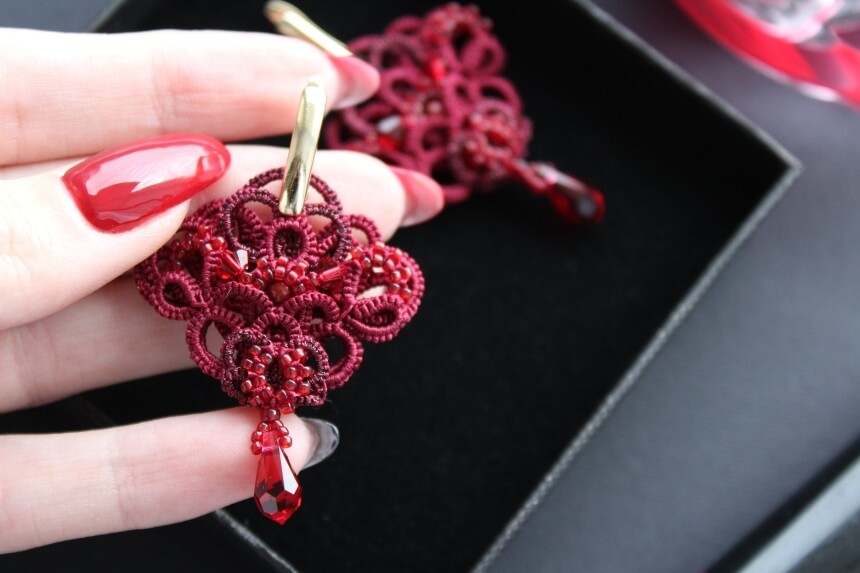
This is lace with tassels at the edge that make it the perfect trim for pillows, throw cushions, and garments. This trim is ideal for decorative uses for a host of items. Additionally, the trim gives the garment a neat finish and reinforces the edges to guarantee durability. The color of the tassels contrasts that of the lace in most cases for them to pop and project the intended look.
Ribbon pass lace is a variety with holes at regular intervals. The openings allow for the insertion of ribbon into the fabric for both aesthetic and functional purposes. The ribbon can be a tie that holds the garment in place or decorative addition to improve the appearance of the item. Ribbon pass lace has numerous applications in the cloth-making industry. The most popular use is in heirloom embroidery.
This is a lace trim with inflexible and hardwearing qualities that make this variety ideal for hair ribbons, pillow, and sofa enhancements. The edges of this fabric are similar, and the design features evenly spaced holes along the length to permit the threading of a ribbon. When inserted between two fabrics, it looks like the beads are embroidered into the fabric. The handmade selection of this type of less is unique, but the pricing deters most people.
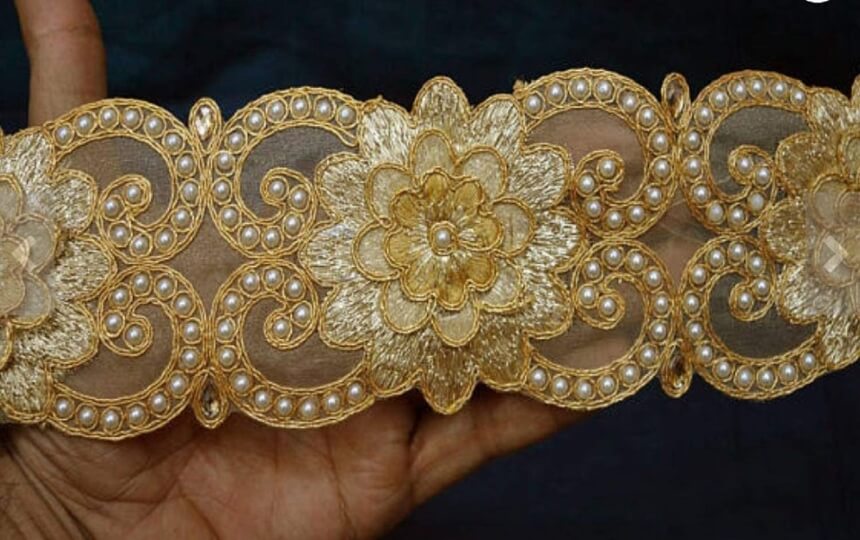
Elastic or stretch lace is an accent fabric commonly used in the making of garment adornments. Another widespread use of this variety of lace is constructing headbands and lingerie, thanks to its flexible nature. It is also an appropriate pick for form-fitting clothes such as gowns and dresses. It is a delicate fabric that needs the sewer to use the appropriate sewing machine to prevent damage to the lace.
Smocked lace makes work more manageable for anyone working on large projects that require smocking. This is the process of gathering fabric to give it room to stretch. This version of lace has rows of smocking to decorate the fabric. The methodology they use to create this type also makes it the ideal pick for certain parts of garments where buttons are unwanted.
This is lace with one edge of the trim gathered to give the fabric on the neat side. There are different techniques in sewing that one can use to achieve the gathers. Gathered lace makes work more straightforward as the finishing is manageable to work with. Additionally, the lace has a unique design that improves the general appearance of the item it makes.
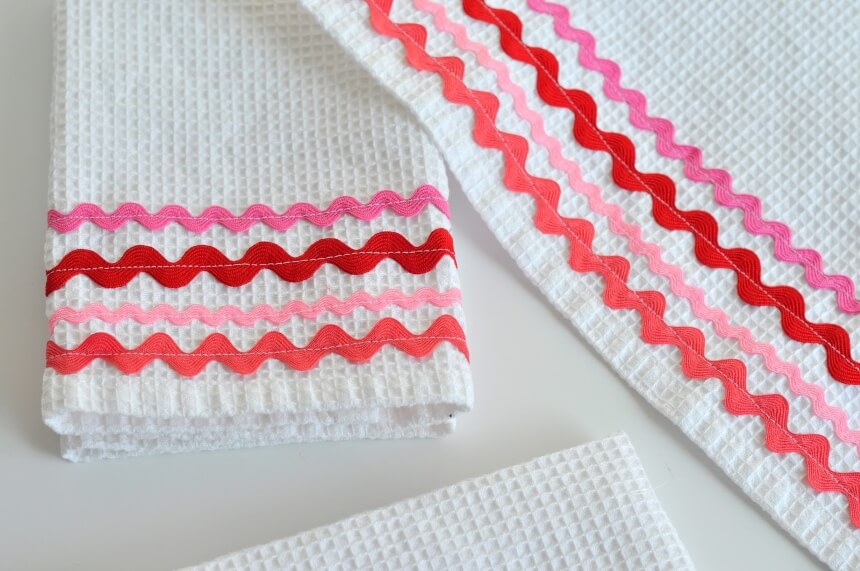
Broderie Anglaise is an embroidered cotton fabric with many similar features to lace. It is one of the varieties that are not considered lace strictly by the standards used to group such items. This fabric is from the Soviet Union, and it became one of the popular alternatives in England. One can use the eyelet and cutwork fabric to decorate baby clothes and nightwear, among other uses.
Nylon lace is a synthetic variation of fabric that is common in the contemporary world. It is an affordable option to choose over the varieties that utilize natural fibers like cotton and silk. This kind of lace comes with a straight edge for sewing on to the other fabrics. The finishing on the other edge is scalloped or embroidered.
The various types of lace in the market differ in numerous ways. The one aspect that sets them apart is the production process. Here are some of the varieties of lace and how they are made.
Bobbins and pillow come in handy to make this alternative of lace hence the name. The bobbins can be from wood, bone, or plastic. The bobbin holds the thread in place as one works on the pattern of the lace. The producers use the pins to stick the patterns to the pillow, making it possible for the weaver to achieve the design and construction. Chantilly is one of the bobbin lace varieties. The origin of this technique dates back to the 16th century, with Italy as the first country to use this method in making lace fabric.
Chemicals are vital in the making of this variety of lace. This is one of the machine-made laces that include embroidering the pattern on fabric that is chemically treated to fall apart after the completion of the transfer of the pattern. Interlocking threads form the motifs that will be left to stand alone once the background fabric disintegrates. The schiffli machines that make the production of this type of lace faster and less tedious came into the industry in the 19th century. The chemical baths necessary for the making of the lace are toxic to the environment, and most developed nations do not permit the use of this technique. The other methods that one can use are expensive. Chemical lace production is used in 3rd world countries that have no restriction on the production process.

Cutwork is the technique that producers of this type of lace used. It’s a needlework method where parts of the fabric are cut away. This leaves a hole behind that needs reinforcing to achieve the lace appearance. Hand and laser cut work are the two forms of this method that producers of the lace used. Hand cutwork is a conventional method where the fabric is cut away, and reinforcement of the hole is done by hand. The laser cutwork is a contemporary technique that makes it possible for the manufacturer to achieve intricate designs. The laser melts and seals the fabric’s edges, making the process faster than the hand-cut work technique.
Knitting is one of the oldest techniques used in the creation of lace fabric. The construction includes holes in the fabric distributed in clusters to achieve a specific pattern. Knitted lace requires one to pay keen attention to the work’s progression to ensure that the arrangement is pleasing to the eye. The edges of the lace are not bounded, allowing the fabric to stretch. It takes the form of anything it is put over. This type of lace tends to stretch as the elasticity reduces.
Needle and thread are used to create tiny knots that form a pattern on the fabric. Tatting is the most common technique that is used in the making of this type of lace. Macrame is the other lace alternative that is a result of knotting. The technique was popular in the 17th and 18th centuries, and it is among the methods that are still useful today.
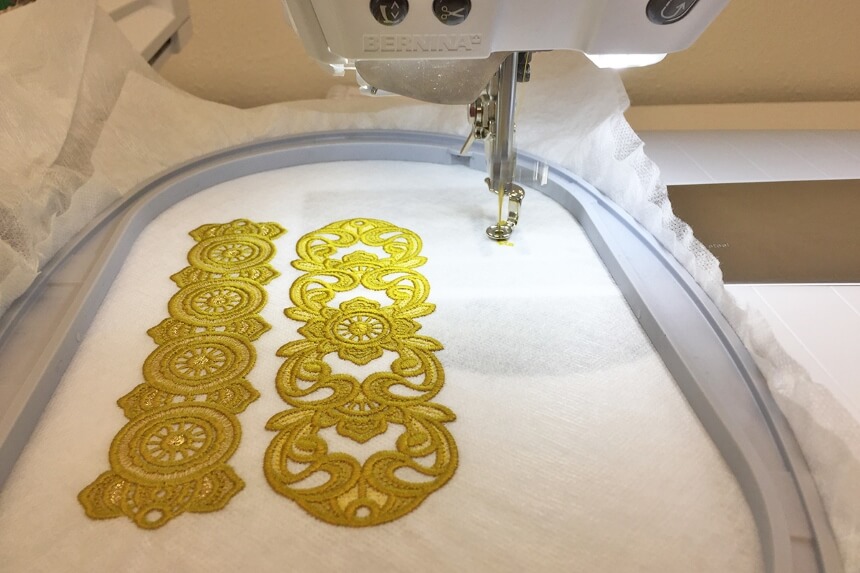
This is another variation of lace where a needle and thread are the necessary items necessary for the production of different types of this fabric. Scissors are the only other equipment that one will need in the various phases. A variety of stitches are utilized in the making of this type of lace. The stitching is done on a stiff backdrop with removable stitches.
Tape lace can be machine or hand-made. The straight tape is bent into the desired shape and stitched in position. More than one technique is essential for the making of tape lace. The first method is for the tape construction, and the other is for the fillings and meeting points. The embellishment of the tape is done using bobbin or needle lace.
Lace is a delicate fabric with a host of uses for an assortment of apparel and décor items. In recent times, this fabric is readily available in land-based and online stores, making it easier for anyone to access them. Reviews are essential for anyone looking to buy any of the lace varieties available in the market.
According to most of the evaluations, buying embroidery lace trims or any other from online stores such as Amazon is one of the easiest ways to get top-notch lace fabric. Using the right type of sewing machine is vital when sewing with this fabric due to the fragile nature of most if not all types of lace. One should confirm whether the quilting sewing machine or any type they have is ideal for sewing lace.